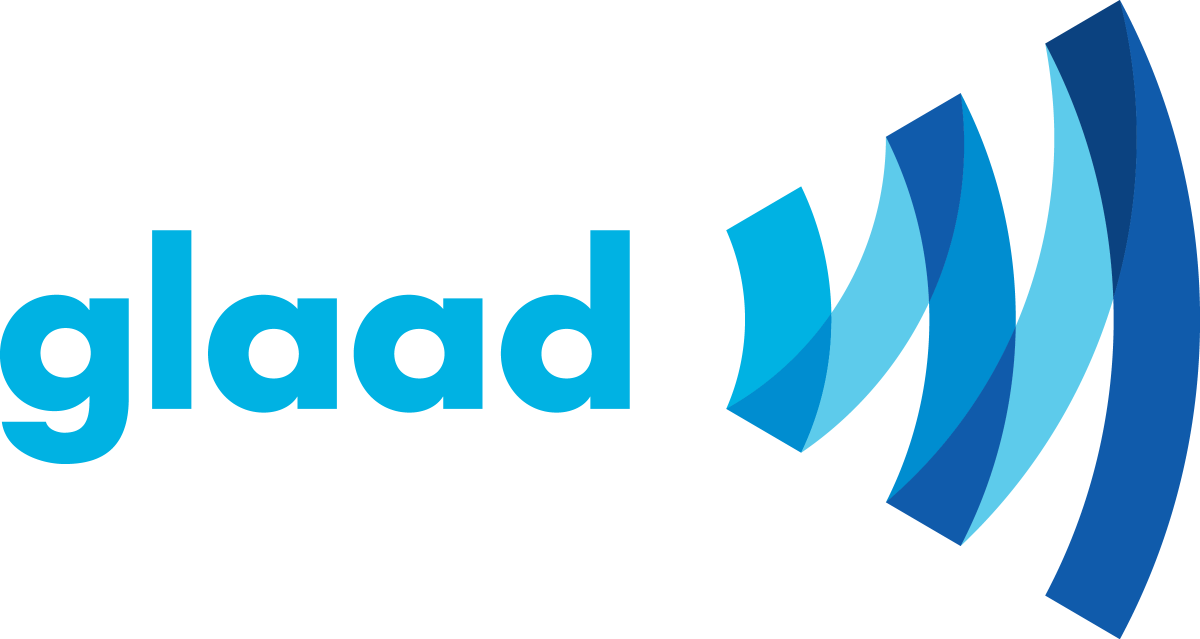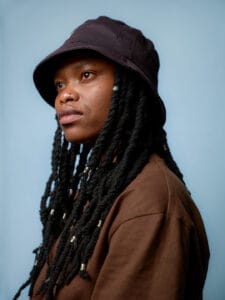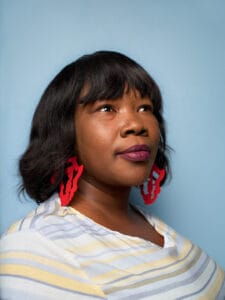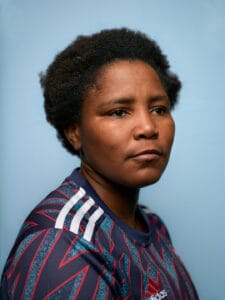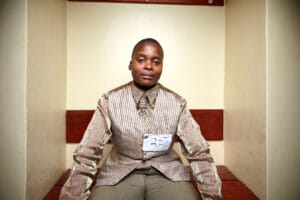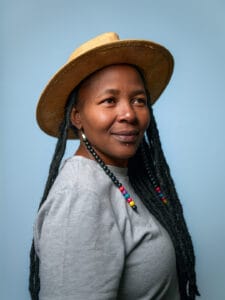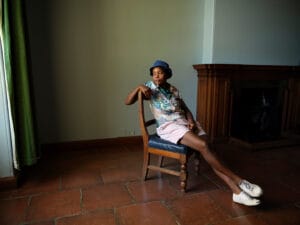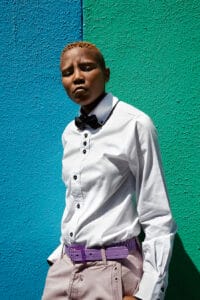
Black queer people have always been central to the fight for Black liberation. Though often omitted from mainstream historical accounts, their identities have informed their radical visions and sharpened their resistance. From the period immediately following emancipation to today’s grassroots and digital movements, Black LGBTQ+ leaders have consistently redefined freedom, not just for themselves, but for all Black people.
This Juneteenth we lift up 19 Black queer figures who advanced the struggle for justice and liberation from 1865 to 2025. Their work spans law, activism, culture, and care—and each person shows how queerness is not a deviation from Black leadership, but a vital part of it.
Post-Emancipation Era – Early 20th Century
1. William Dorsey Swann (c. 1858–1925)

Role: Formerly enslaved, drag queen, organizer
Why They Matter: Swann was the first person in U.S. history to call himself a drag queen and organize queer liberation events. He was arrested multiple times for hosting drag balls in D.C. and fought back legally, becoming the first American to do so for the right to gather as queer people.
2. Alain Locke (1885–1954)
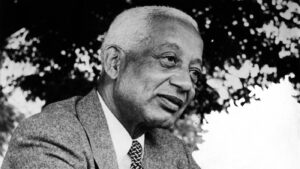
Role: Philosopher, educator, “Father of the Harlem Renaissance”
Why They Matter: Locke was a gay Black intellectual whose mentorship and vision shaped the Harlem Renaissance. He promoted Black cultural pride and saw art as a form of resistance, building space for both Black and queer expression.
Mid-20th Century – Civil Rights & Cultural Renaissance
3. Bayard Rustin (1912–1987)
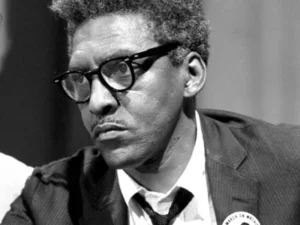
Role: Civil rights strategist, pacifist, openly gay
Why They Matter: As the key architect of the 1963 March on Washington, Rustin was indispensable to the Civil Rights Movement. His open sexuality made him a target, but his organizing work—from nonviolence training to labor rights, laid foundational strategies for mass action.
4. Pauli Murray (1910–1985)

Role: Legal scholar, priest, gender-nonconforming activist
Why They Matter: Murray co-founded the National Organization for Women, laid the legal groundwork for Brown v. Board, and coined the term “Jane Crow” to describe intersecting sexism and racism. Their life bridged movements for gender, racial, and sexual justice.
5. James Baldwin (1924–1987)
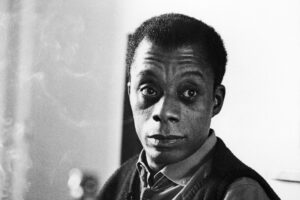
Role: Author, cultural critic, gay icon
Why They Matter: Baldwin’s fearless writing on race, sexuality, and American hypocrisy shaped global consciousness. The Fire Next Time and Giovanni’s Room remain essential texts that unpack both Black and queer liberation as inherently linked.
1960s–1980s – Radical Liberation & Resistance
6. Audre Lorde (1934–1992)
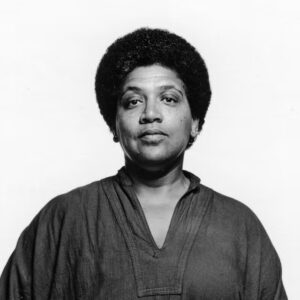
Role: Poet, feminist, lesbian activist
Why They Matter: Lorde challenged racism in feminist spaces and homophobia in Black ones. Her essay “The Master’s Tools Will Never Dismantle the Master’s House” is a cornerstone of intersectional feminism.
7. Marsha P. Johnson (1945–1992)
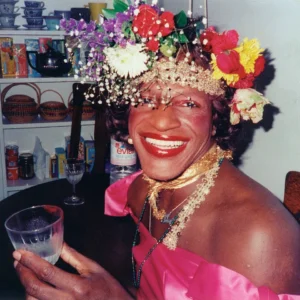
Role: Trans activist, Stonewall leader, co-founder of STAR
Why They Matter: A central figure in the Stonewall Uprising, Johnson co-founded Street Transvestite Action Revolutionaries (STAR), a safe haven for homeless queer youth. Her activism modeled radical care and joyful resistance.
8. Miss Major Griffin-Gracy (b. 1940)
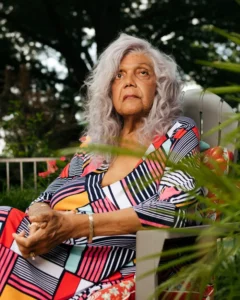
Role: Trans elder, prison abolitionist
Why They Matter: A veteran of the Stonewall era, Miss Major has led decades of work supporting trans women of color, especially those impacted by incarceration. Her leadership remains vital in today’s abolitionist movements.
9. Barbara Smith (b. 1946)
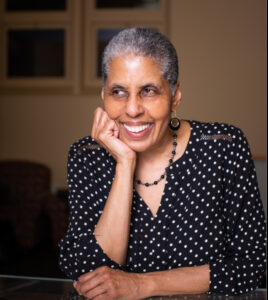
Role: Feminist theorist, founder of Combahee River Collective
Why They Matter: Smith helped coin “identity politics” and pushed feminism to center Black lesbian voices. Her work with Combahee laid the groundwork for modern intersectional organizing.
1980s–1990s – HIV/AIDS, Black Queer Cultural Explosion
10. Essex Hemphill (1957–1995)
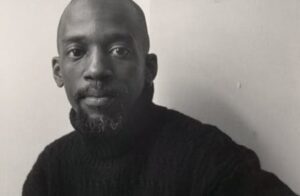
Role: Poet, activist, Black gay voice during AIDS crisis
Why They Matter: Hemphill’s writings explored race, sexuality, desire, and the devastation of AIDS in Black communities. He created space for honesty and visibility amid silence.
11. Assotto Saint (1957–1994)

Role: Haitian-American poet, AIDS activist
Why They Matter: One of the first Black gay men to publicly disclose his HIV status, Saint used art to mobilize and document queer Black life, spirituality, and resistance.
12. Sylvester (1947–1988)
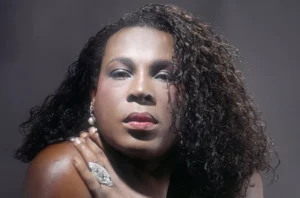
Eric Blum/Michael Ochs Archives/Getty Images
Role: Disco singer, gender-nonconforming performer
Why They Matter: Known as the “Queen of Disco,” Sylvester broke gender norms and brought queer Black joy to mainstream music. His unapologetic presence was revolutionary in an era of silence.
2000s–2020s – Black Lives Matter & Contemporary Intersectionality
13. Angela Davis (b. 1944)

Role: Abolitionist, professor, radical feminist
Why They Matter: While not publicly labeled queer, Davis has had relationships with women and champions queer theory in her abolitionist work. She bridges generations in fighting carceral and racial systems with a Black feminist lens.
14. Patrisse Cullors (b. 1983)

Role: Co-founder of Black Lives Matter, abolitionist
Why They Matter: A queer Black woman, Cullors has helped reframe Black liberation to include healing justice, queer and trans rights, and grassroots mutual aid—especially for those historically marginalized even within Black movements.
15. Tourmaline (b. 1983)

Role: Filmmaker, historian, Black trans storyteller
Why They Matter: Tourmaline brings visibility to Black trans histories and futures, using film to uplift figures like Marsha P. Johnson and highlight community joy and resilience.
Contemporary Figures Continuing the Legacy (2020s–2025)
16. George M. Johnson (b. 1985)
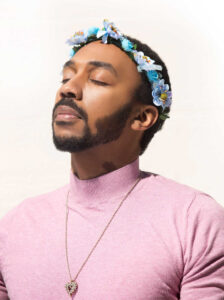
Role: Author, journalist, nonbinary activist
Why They Matter: Their memoir All Boys Aren’t Blue broke barriers in YA literature and advocacy for Black queer youth. Johnson writes and speaks boldly about Black queer identity, bodily autonomy, and healing.
17. Ashlee Marie Preston (b. 1984)

Role: Media personality, trans rights activist
Why They Matter: The first trans person to run for state office in California, Preston fights for racial and gender justice across media, policy, and pop culture. She centers healing, accountability, and equity.
18. Malcolm Shanks (b. 1990s)
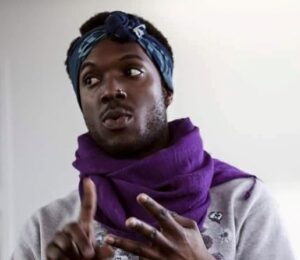
Role: Cultural strategist, trans theorist, media advocate
Why They Matter: Shanks’ work uses storytelling and strategy to make Black trans liberation part of movement infrastructure—from arts to policy. Their work reshapes who gets centered in the media and organizing.
19. Qween Jean (b. 1990s)
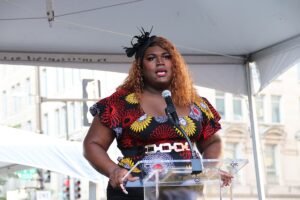
Role: Black trans woman, designer, protest organizer
Why They Matter: Co-founder of Black Trans Liberation, Jean led sustained protests in NYC following the deaths of Black trans people. Her work combines fashion, visibility, and collective action to protect Black trans lives.
This timeline honors 160 years of courageous, creative, and revolutionary work by Black queer people. They have fought, not just for visibility, but for transformation—of systems, stories, and society itself. From post-slavery resistance balls to trans-led street protests, Black queer folks have redefined what liberation looks like.
As we push forward, their legacies compel us to expand our definitions of freedom, justice, and joy. Because Black liberation that excludes queer people is not liberation at all—and thanks to these 20 trailblazers, we know exactly what’s possible when we lead with our whole selves.
